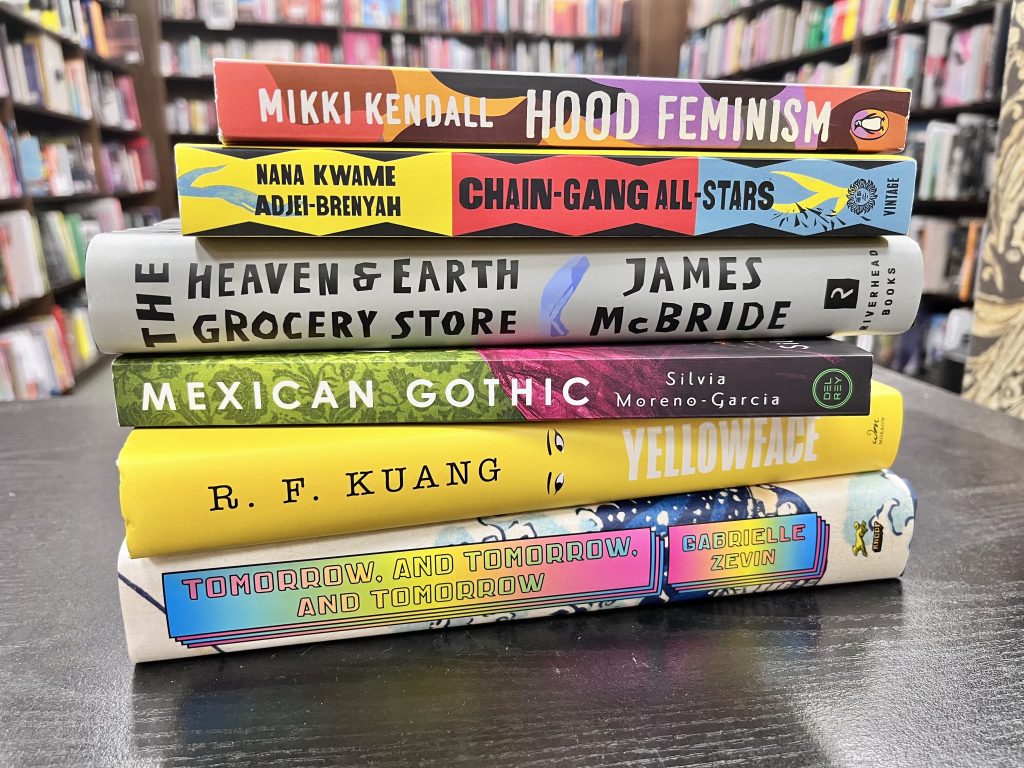 As in most industries—and many aspects of life, generally—success in PR can depend on who you know. Or more precisely, which journalists you know. And even more precisely, which journalists like you.
As in most industries—and many aspects of life, generally—success in PR can depend on who you know. Or more precisely, which journalists you know. And even more precisely, which journalists like you.
Journalists are on the receiving end of an incredible number of spam pitches, and, as a PR person, your job is to break through the noise and engage them in actual conversation. In order to do that, you’ve got to make friends with the journalists covering key beats. Your ability to secure good, consistent placements for your clients relies on your ability to establish these relationships.
I spoke with Madison Moore, Online and Social Media Editor of SD Times, to find out the dos and don’ts of journalist relationship-building. Here is what I learned:
Follow them on social media
Everyone (and I mean everyone) is flattered by a follow on social media. People are even more flattered when you like, retweet or comment on their posts. This is something that takes less than five minutes a day and could lead to a beautiful relationship. Moore recommends connecting with reporters via LinkedIn and Twitter and then sharing their stories and tagging them in the posts.
Personalize your pitches
In the world of PR, it is a best practice to never send email blasts, but you should especially never blast your friendlies or anyone whom you wish were a friendly. Send them an email addressing them by name, referencing an article they previously published or a topic they are interested in.
“Reporters can be a bit unforgiving. I consider myself more forgiving than others—I always respond to people when I can,” says Moore. “But, I give people strikes. If a subhead says ‘XX —’ or the first line of an email says ‘Hi Darlene’ (when my name isn’t Darlene), they get strike one. People make mistakes, but if you are trying to show you want to form a relationship with me, show me that you didn’t just copy and paste the email and send it to all your media contacts. Try to get something in the first two sentences that shows you researched me. Mistakes happen. But I know if I reached out to a source with the wrong name in the subject or first sentence, they’d say ‘on to the next one.’”
Invite them to have coffee or drinks—on you, of course
If you are lucky enough to live near your friendly or will be traveling to their area, make plans to meet up for coffee or a cocktail. This is a great opportunity to get to know a journalist on a personal level and set work aside. Moore says, “It helps when you are face-to-face with someone. You kind of realize, okay, we are all just trying to do the same thing.”
Leverage something you have in common
If you can’t meet with the journalist in person to get to know them, look them up on social media to find out a few of their personal interests. Some folks put things like “cat lady” or “nature lover” in their Twitter bios. If you have any of these interests in common, include information in your pitches like, “I, too, am a cat lady.” The chances of at least receiving a response are pretty high.
Adds Moore, “I personally really enjoy small talk.”
Take deadlines seriously
Journalists are always “helping out” PR pros by covering their clients. If one of your friendlies ever reaches out to you for something, try your best to assist in any way you can. If you are able to help them, they will remember and return the favor in the future when you need help. Moore also stresses the importance of respecting journalists’ deadlines.
“When we say 3 pm at the latest, we mean 3 pm,” says Moore. “Sometimes, yes, there is wiggle room since we are all digital now, and there isn’t this need to ship to a printer, but it’s endlessly frustrating when you are a reporter who takes a chance on a PR person’s client, and they end up falling short.”
In summary, you, too, can form relationships with journalists that will help ensure your PR success. Just make sure to personalize and proof your emails before sending them, research target journalists to find mutual areas of interest and leverage them, take them for cocktails or coffee, and—above all else—respect the deadline.


